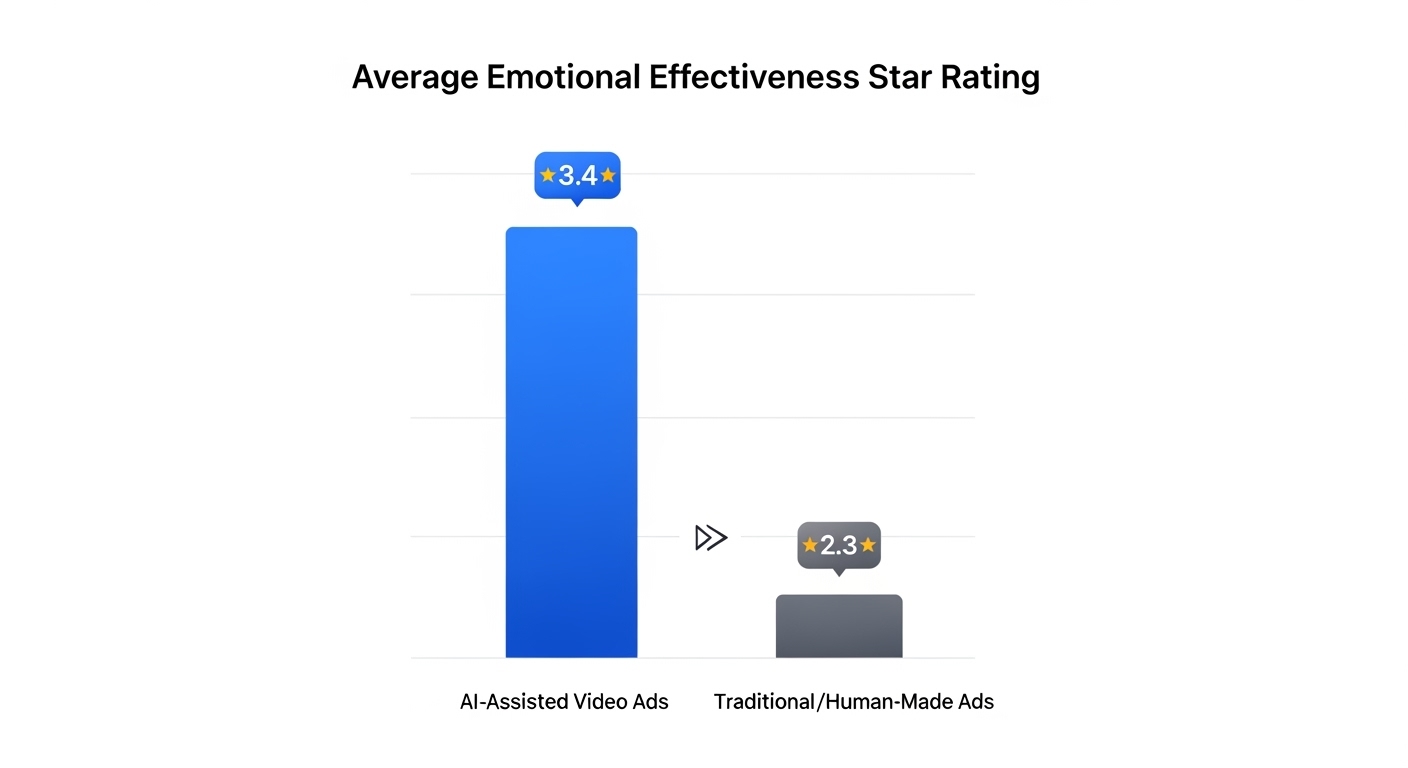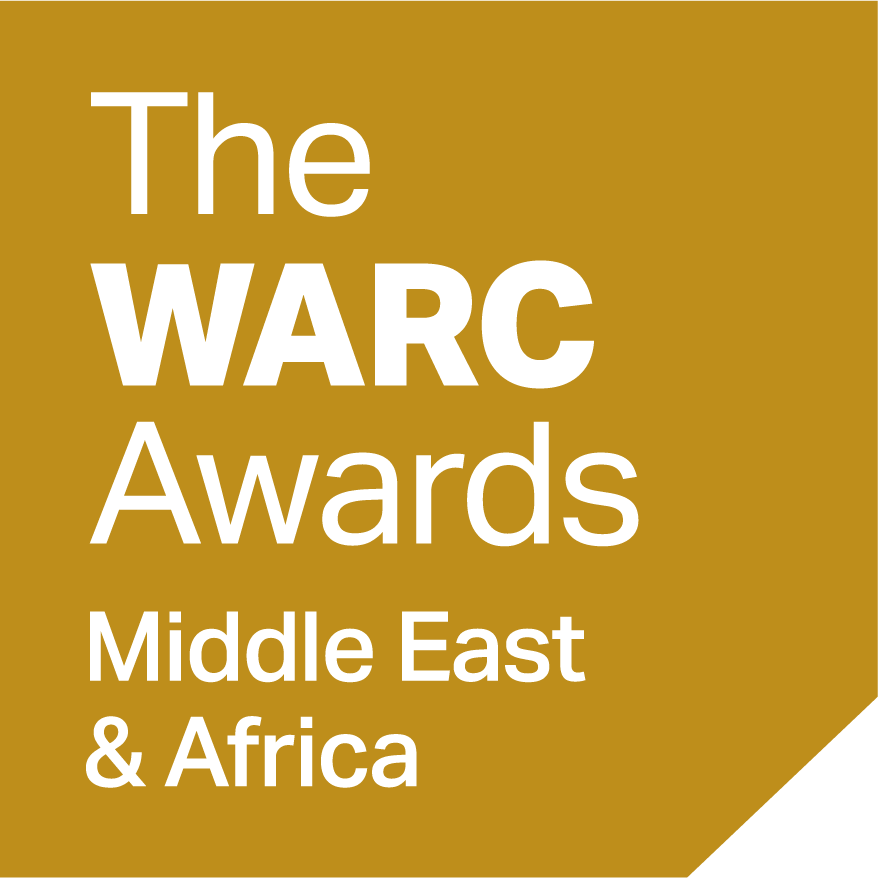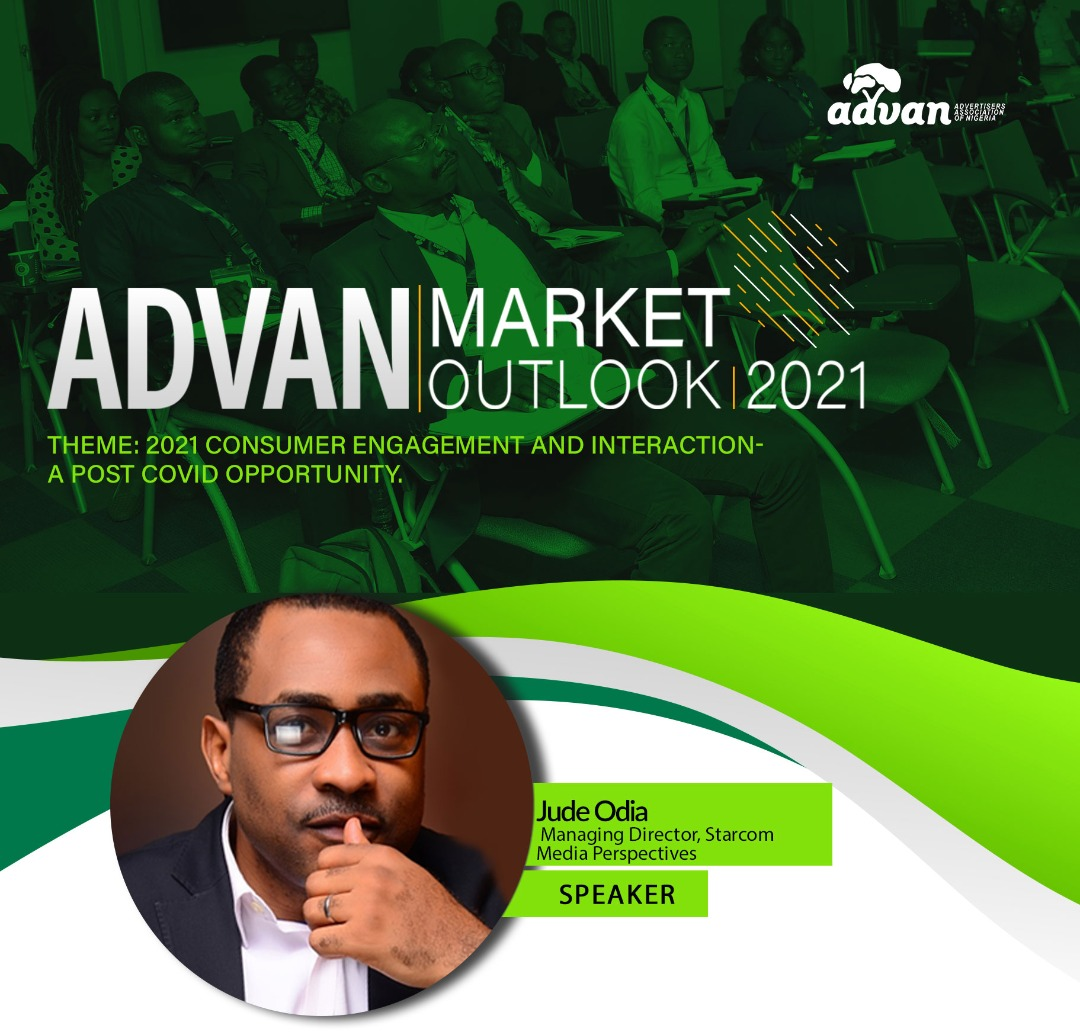The debate around AI-generated ads keeps growing louder. Marketers still ask the same question: Do AI ads actually work? New findings from System1 and Jellyfish now make the answer difficult to ignore.
Their test may be small, but the signal is strong. They evaluated 18 AI-assisted video ads, ranging from big-brand work to one-off creative experiments, and measured emotional impact using System1’s star-rating system. The results were clear. The AI ads averaged 3.4 stars, outperforming more than 123,000 traditional ads, which averaged 2.3 stars.
AI ads did not just perform well. They beat the industry’s baseline for human-made creative.
Not Just an Experiment, but a Warning Shot
Critics will note the small sample size, and they are right. System1’s Andrew Tindall acknowledges they tested only 18 ads. About seven came from BrandTech Group agencies (like Jellyfish), which could tilt the sample toward AI-positive work.
But the trend matters more than the numbers. The strongest AI ads did not win because they were technically polished. They won because they triggered real emotional responses, according to System1’s methodology.
This shift shows that AI is moving far beyond cost-cutting and speed. It is becoming a tool for emotionally resonant creativity.
The findings reveal another twist. About 32% of viewers thought the AI ads looked like typical professional work, while 33% said they looked “distinctive or unusual.” AI seems to be blurring the line between big-budget craft and fast, efficient production.
When Viewers Know It’s AI, Performance Still Holds
One surprising insight: Ads that viewers correctly identified as AI did not perform worse. The top half of these “obviously AI” ads averaged 3.3 stars, while the weaker half averaged 2.3 stars.
This challenges the belief that AI work loses authenticity or emotional weight. Researchers suggest AI’s ability to create cinematic, imaginative worlds on a small budget may actually boost performance.
As one creative strategist put it, AI lets brands deliver “big ideas on small budgets.”
Real Proof: The ’24-Hour Brand’
Mi3 recently reported that a brand built entirely with AI in just 24 hours produced a 30-second spot that ranked in the top 10% of all ads tested by System1.
A full brand campaign, created in a single day, scored higher than most traditional ads.
AI did not water down the creative process. It accelerated it.
What Marketers Should Do Now
If you still think AI ads are a novelty, the data suggests otherwise. Here is what this moment means for marketers:
AI now drives emotional impact. It is not just about making cheap content. It is creating work that connects with real audiences.
Creativity can scale faster. AI frees teams to test more ideas, create more versions, and iterate without production bottlenecks.
Smaller brands can now compete. High-quality video no longer requires high budgets.
Human guidance still matters. The best-performing ads came from teams blending human strategy with AI execution, not replacing craft with automation.
Test before scaling. The dataset is small. Brands should run their own effectiveness tests before fully shifting production.
The Bottom Line: AI Ads Earn Their Place
If you dismissed AI ads as low-quality shortcuts, this research is your wake-up call. System1 and Jellyfish’s findings show that AI-assisted creative can outperform traditional ads in emotional effectiveness, and do it faster, cheaper, and with surprising depth.
AI is not replacing human creativity. It is expanding it.
As more brands adopt AI, the future of advertising may become more inventive, more agile, and more emotionally powerful than anyone expected.
ALSO WATCH MARKETING EDGE ONTV








Comment
No comments found.